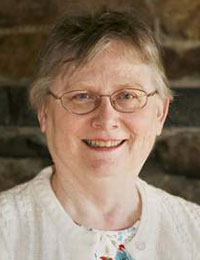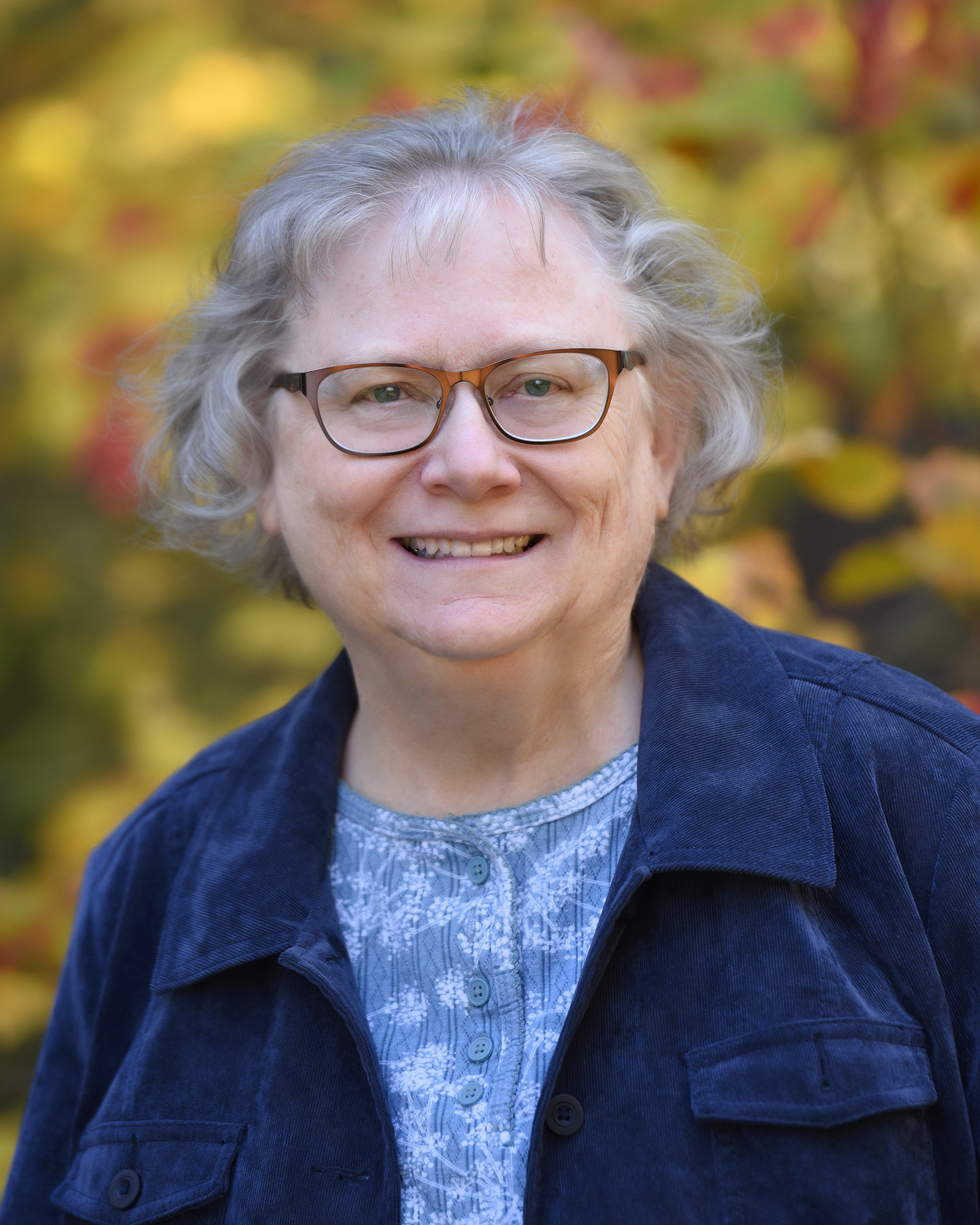 The question from the previous post was: “What if John Smith and Mary Brown lived in Barnstable but Abigail Smith and Harry Carey were married at Sandwich?” Barnstable and Sandwich are right next to each other, so why would this raise a red flag?
The question from the previous post was: “What if John Smith and Mary Brown lived in Barnstable but Abigail Smith and Harry Carey were married at Sandwich?” Barnstable and Sandwich are right next to each other, so why would this raise a red flag?
Although this example involves an early nineteenth-century wedding (1816), and the rules of posting banns and other restrictions of earlier centuries were becoming less common, in New England towns there was still a strong tie to church and community. Girls married in the church to which their families belonged. John and Mary (Brown) Smith belonged to the church in Barnstable – what would their daughter be doing getting married in Sandwich?
We have a birth record for Abigail Smith to John and Mary in Barnstable, but there is no birth record for an Abigail Smith in Sandwich, so it must be the Barnstable girl who married in Sandwich, right? No, of course not: the absence of a birth record doesn’t eliminate the existence of a separate “Sandwich” Abigail. Let’s say we find five Smith families living in Sandwich in the 1800 census, and in 1810 three of them had girls under age 16 – Nathaniel Smith, William Smith, and Solomon Smith. The town records include the births of children for Nathaniel and William Smith (with no Abigails), but none for Solomon, although there is a marriage for him to a Susannah Jones in 1797.
The next step would be to look at naming patterns for Harry and Abigail Carey’s twelve children: Harry, Abigail, Susannah, Solomon … ahhh! Fortunately, the Barnstable County probate records survive, and we find the will of Solomon Smith of Sandwich dated 1830 in which he names his wife Susannah and their eight children (none of whom are recorded in the vital records), including daughter Abigail Carey who is named first among the daughters.
If Solomon’s Abigail was his eldest child, born in 1798, she would have been 18 at her marriage in 1816 (within our comfort zone) and 47 when the last child was born in 1845 (a little out of the zone, but not a major problem since Abigail was having children at regular intervals throughout the 30 years of her marriage). Thus we arrive at a completely different solution from where we were last week!
This has just been a hypothetical exercise to illustrate Red Flags and emphasize how we have to be constantly aware of how facts fit, or don’t fit, together. There is a flag for every genealogical problem, so I have no doubt this will be a topic we shall revisit often!
Share this:

About Alicia Crane Williams
Alicia Crane Williams, FASG, Lead Genealogist of Early Families of New England Study Project, has compiled and edited numerous important genealogical publications including The Mayflower Descendant and the Alden Family “Silver Book” Five Generations project of the Mayflower Society. Most recently, she is the author of the 2017 edition of The Babson Genealogy, 1606-2017, Descendants of Thomas and Isabel Babson who first arrived in Salem, Massachusetts, in 1637. Alicia has served as Historian of the Massachusetts Society of Mayflower Descendants, Assistant Historian General at the General Society of Mayflower Descendants, and as Genealogist of the Alden Kindred of America. She earned a bachelor’s degree from the University of Connecticut and a master’s degree in History from Northeastern University.View all posts by Alicia Crane Williams →